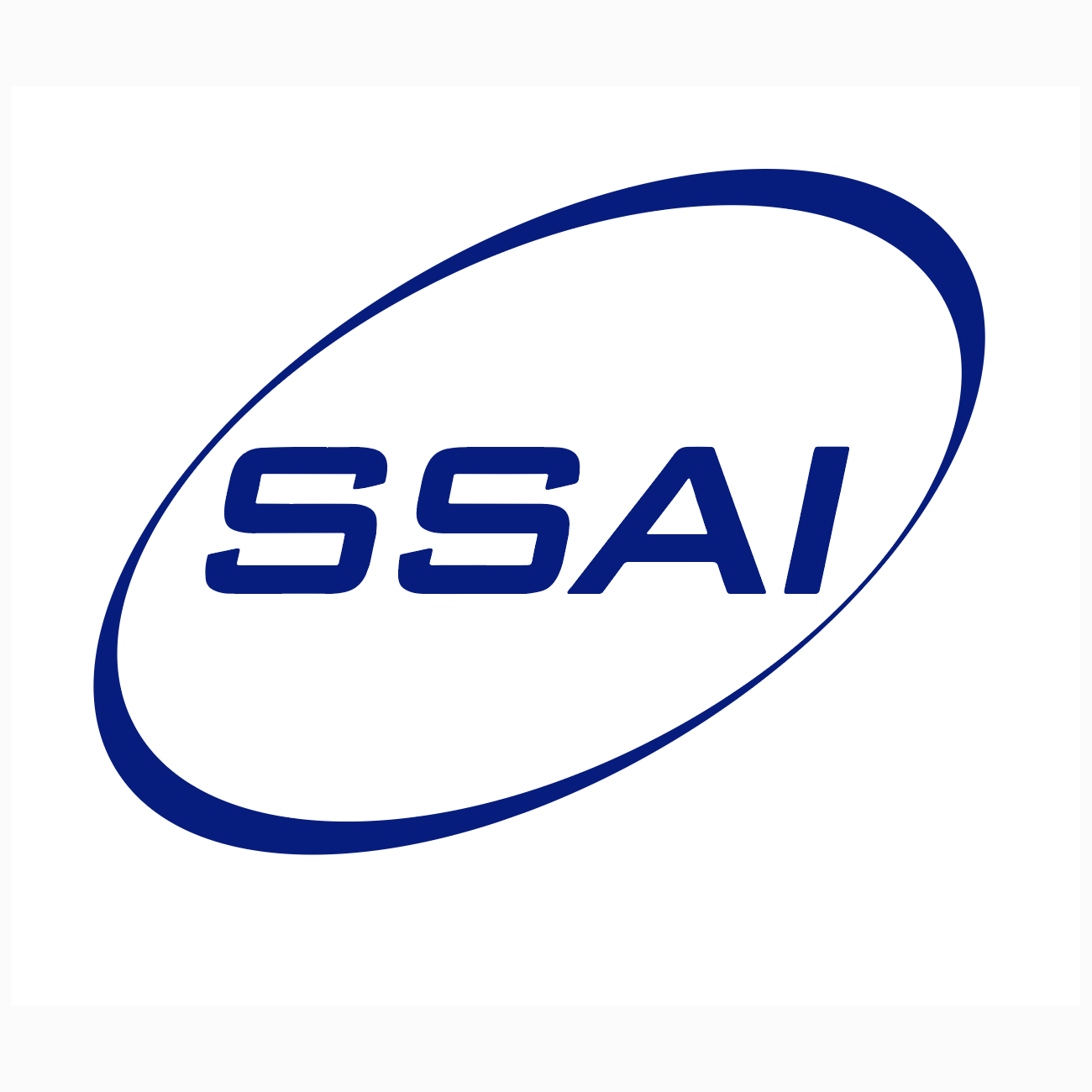
Summary
The fourth and final Geostationary Operational Environmental Satellite (GOES) weather satellite has successfully launched at NASA’s Kennedy Space Center, Florida, on June 25, 2024, marking a significant milestone for weather forecasting and monitoring.
GOES-U, part of the GOES series designed and built by Lockheed Martin near Denver, Colorado, is the last in the lineup of GOES-R, GOES-S, and GOES-T, which are already in orbit providing vital, real-time weather data to forecasters across the United States.


SSAI’s Ray McGlynn played a key role as the Integration and Test (I&T) Manager for the entire series, overseeing assembly and testing activities. Before the launch, the GOES-U spacecraft was delivered from Buckley Air Force Base in Colorado to the Astrotech launch processing facility in Florida in January 2024. SSAI’s Chris Smith, GOES-U Integration and Test Manager, accompanied the spacecraft aboard an Air Force C-5 Galaxy transport during its journey to Florida.
Earlier this year, in March 2024, the GOES-U underwent its Final Comprehensive Performance Tests (CPT), supported by several SSAI employees who served as subsystem leads:
- Victor Lee – Communications Subsystem Lead
- Mike Roza – Command and Data Handling Subsystem Lead
- Joe Springer – Power Subsystem Lead
Following spacecraft testing, the GOES-U instruments were subjected to their final CPTs, with SSAI employees playing significant roles in the development and management of these instruments:
- Kumar Tadikonda – EXIS, SUVI, SEISS, and CCOR Instrument Systems Engineer
- Mike Grotenhuis – Magnetometer Instrument Manager
- Ruth Cholvibul – GLM Instrument Systems Engineer
- Chris Smith – EXIS and SUVI Instrument Manager
- Marc Rafal – GLM Instrument Manager
The spacecraft, fueled with 3,600 pounds of hydrazine and 886 pounds of oxidizer, weighed in at an impressive 10,996 pounds at launch. After being encapsulated in its fairings, the spacecraft was moved to the SpaceX hangar at Kennedy Space Center in preparation for its journey into orbit.
Post-Launch Operations
Even after its successful launch, SSAI's involvement in the GOES Program remains crucial. As the GOES Deputy Mission Operations Manager, SSAI’s Mike Shallcross oversees orbit-raising activities, payload activation, and on-orbit Payload Testing (PLT) from NOAA’s Satellite Operations Facility (NSOF) in Suitland, Maryland. Mike previously served as the acting Mission Operations Manager for GOES-T’s PLT after its launch in March 2020.
SSAI is proud to continue supporting the GOES Program and contributing to the advancement of weather forecasting and environmental monitoring capabilities across the nation.
Summary
SSAI provides instrument engineering for systems critical to successful research in Earth and Space Science and thus specializes in designing and building sensors that must operate reliably in harsh environments. Our numerous and varied instrument engineering teams support instrument and system design, define component specifications, and oversee the installation and calibration for systems such as: NOAA's Deep Space Climate Observatory (DSCOVR), NASA/NOAA’s Visible Infrared Imaging Radiometric Suite (VIIRS) on-board the Joint Polar Satellite System (JPSS), and the NASA/USGS LANDSAT missions, to name a few.
Major Accomplishments
Team SSAI Played a Large Role in the Successful Completion of the ARCSTONE IIP Project Instrument Design, Modeling, and Fabrication.
ARCSTONE is an Instrument Incubator Program (IIP) project, with a mission concept that provides a solution to the challenge of achieving required instrument calibration accuracy on-orbit for in-space remote sensing. The objective of ARCSTONE Project is to develop an approach for establishing the Moon as an accurate reference for on-orbit calibration of reflected solar instruments. The goals of the ARCSTONE mission are three-fold: 1) Collaborate with the Global Space-based Inter-Calibration System (GSICS) community to establish the international standard for absolute lunar calibration; 2) Use the instrument’s exceptionally accurate measurements to establish highly accurate Earth climate observations that are estimated to have an economic impact of ~$12T over the next 40 to 60 years; and 3) Improve the performance and impact of past, current, and future Earth weather and climate sensors.
Team SSAI provides oversight for the instrument development in general, while also playing an integral role in the Full Spectral Range (FSR) instrument design and Structural Thermal Optical Performance (STOP) analysis. The FSR instrument is designed with fit-form-function to be deployed on a 6U CubeSat platform with significant margins in mass and power; and has achieved high reliability by including all required electronics, cabling, and cabling support mounts. Team SSAI successfully completed the instrument design, fabrication, and analysis of the FSR Engineering Design Unit (EDU).
As the follow-on of the IIP, ARCSTONE Project was selected for the NASA In-Space Validation of Earth Science Technologies (InVEST) Program in support of the Earth Science Division. Under this program ARCSTONE team will be working toward the build of the Flight Unit.

After launch, ARCSTONE will leverage existing assets by using the Total and Spectral Irradiance Sensor (TSIS) observations – accurate Spectral Solar Irradiance (SSI) – for SI-traceable and spectral calibration of the ARCSTONE instrument on orbit. An orbiting spectrometer flying on a small satellite in low Earth orbit will provide lunar spectral reflectance with accuracy sufficient to establish an SI-traceable absolute lunar calibration standard for past, current, and future Earth weather and climate sensors, such as SeaWiFS; Moderate Resolution Imaging Spectroradiometer (MODIS) and Visible Infrared Imaging Radiometer Suite (VIIRS); Plankton, Aerosol, Cloud, ocean Ecosystem (PACE), Climate Absolute Radiance and Refractivity Earth Observatory (CLARREO), and the Advanced Composition Explorer (ACE) (future) Decadal Survey missions, respectively.
In The News

JPSS-2 launched on November 10, this satellite was developed to help forecasters better predict extreme weather and monitor climate change.
